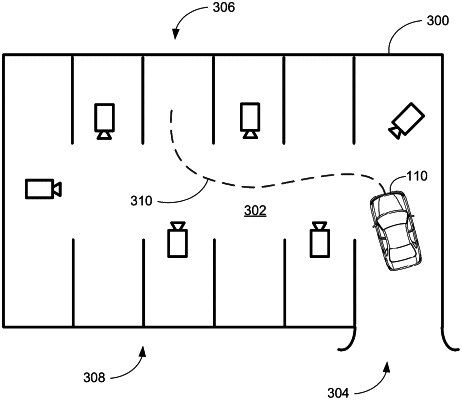| CPC G06T 7/74 (2017.01) [B60W 10/04 (2013.01); B60W 10/18 (2013.01); B60W 10/20 (2013.01); G05B 13/027 (2013.01); G06N 3/084 (2013.01); G06T 7/75 (2017.01); G06T 2207/10024 (2013.01); G06T 2207/10028 (2013.01); G06T 2207/20084 (2013.01); G06T 2207/30204 (2013.01); G06T 2207/30232 (2013.01)] | 20 Claims |

|
1. A computer, comprising:
a processor; and
a memory, the memory including instructions executable by the processor to:
input a depth image of an object to a deep neural network to determine a first four degree-of-freedom pose of the object;
input the first four degree-of-freedom pose and a three-dimensional model of the object to a silhouette rendering program to determine a first two-dimensional silhouette of the object;
threshold the depth image to determine a second two-dimensional silhouette of the object;
determine a loss function based on comparing the first two-dimensional silhouette of the object which is based on the first four degree-of-freedom pose and the three-dimensional model of the object to the second two-dimensional silhouette of the object which is based on the depth image of the object;
optimize deep neural network parameters based on the loss function; and
output the deep neural network.
|